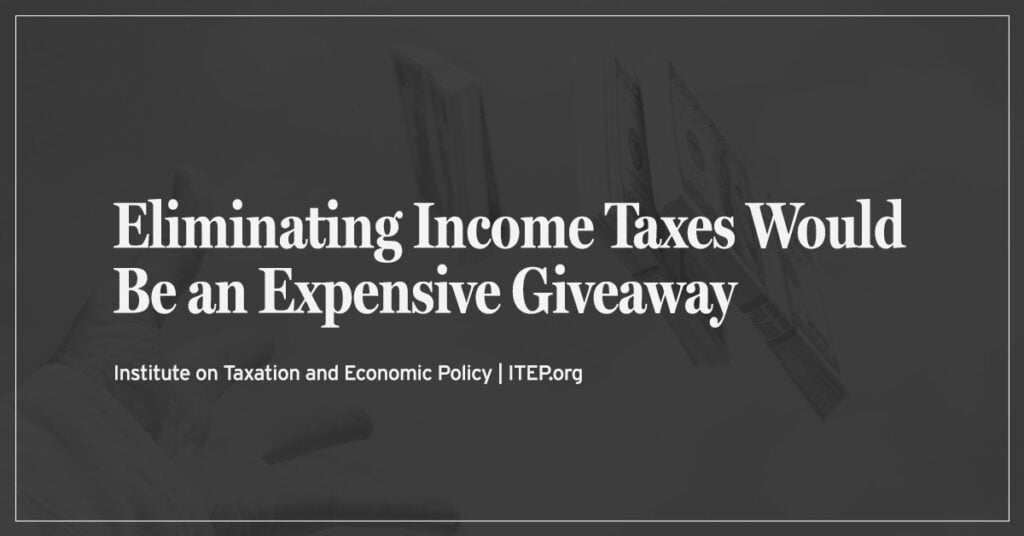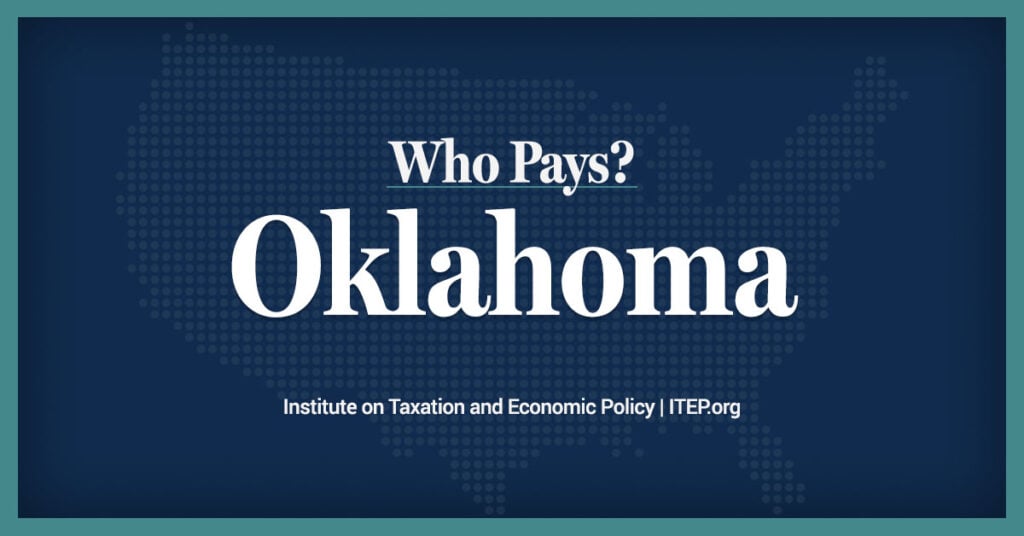Thursday, March 10, 2011
Another Oklahoma income tax cut is expected to come into effect Jan. 1, 2012, despite evidence that strongly suggests the tax cut’s adverse impact on public services and income equality far outweigh its contrived benefits.
The initial justification for the cut was based on projections that state revenue would rise by 4 percent next year, but such optimistic projections failed to account for the recent recession and concomitant revenue shortfalls that Oklahoma has since suffered. The tax cut also was based tenuously on the speculation that a tax cut would stimulate growth—a specious assumption given the recession’s impact on demand.
What’s worse is this cut is merely a continuation in a series of income tax cuts that took place from 2004 to 2006, during which the top income tax rate was reduced from 6.65 to 5.5 percent. According to research by the Oklahoma Tax Commission, the lost revenues from these tax cuts in 2010 amount to $776.9 million, which is far greater than our current budget shortfall of $500 million.
According to analysis done by the Institute on Taxation and Economic Policy, these past tax cuts had little-to-no positive impact on economic growth and hurt economic sustainability by depriving the government of much needed revenue.
To be blunt, recent history has unequivocally demonstrated that previous income tax cuts have been woefully ineffective at stimulating economic growth, and have largely contributed to our current revenue crisis.
Unless legislation is enacted to stop it, an automatic trigger will reduce the top rate to 5.25 percent in 2012, thereby reducing state revenue another $120 million and seriously damaging economic recovery. So what justification could there be for pursuing another tax cut?
The impact of the 2004-2006 tax cuts should provide a litmus test for what we can expect if legislation is not passed to stop another tax cut from going into effect in 2012. In response to a 30-year revenue collection low, exacerbated by the insistence on cutting income taxes, the governor has approved of 10 percent monthly cuts to general revenue allocations for the rest of the year.
Consider the impact such drastic policy changes have already had on vital public services: school districts have completely eliminated programs, laid off productive teachers and cut staff; the Department of Mental Health and Substance Abuse Services has removed rehabilitation facilities for children with mental problems and adults with substance abuse issues; and the Office of Juvenile Affairs removed its gang prevention program.
So rather than raise income taxes on the wealthiest Oklahomans and thereby save programs that have an enormous impact on social welfare and economic sustainability, our solution is to instead cut income taxes to an even more egregious low — we already have one of the lowest income tax rates in the nation — and pray that history doesn’t repeat itself.
There is another reason to scrutinize the efficacy of an additional tax cut: its impact on income distribution. The top 20 percent of Oklahomans will receive 73 percent of the benefits, while the bottom 20 percent will receive nothing. Individuals making over $399,000 will receive nearly a third of the benefits.
We have a situation in which the most vulnerable Oklahoma citizens have to suffer even more so the super-rich can have a few more dollars in their pocket. The poor and middle classes are already bearing the disproportionate burden of financing public services. Given the regressive nature of state and local taxes, to demand a policy that exacerbates suffering for no reason other than greed is despicable.
There can be no “collective sacrifice” when state policies strategically target the very group that has already sacrificed enough.




